News report originally published in CarBuzzard on January 15, 2016
If Hal Needham made a movie with the Buick Avista in a starring role—a Smokey and the Bandit for the new millennium—it would have the semi full of Coors is replaced by a luxury motorhome making a run from Napa to Texas…for all the California ex-pats in Texas…with cases of cabernet sauvignon. With iPhones instead of CB radios. It would star actor X and actress Y instead of Burt Reynolds and Sally Fields. And it would be a Ron Howard does comedy film.
The Buick Avista concept, debuting at the 2016 North America International Auto Show, is a sporty coupe the size of a Chevrolet Camaro, and could be the pair to the Chevy that the Pontiac Firebird once was. Pontiac is long gone, however, and despite Firebird fanatics’ fantasies of the ‘Bird’s beak grafted onto the face of a Camaro, the Chevy coupe’s corporate cousin is never coming back.
On the other hand, could a production version of the Buick Avista concept fill the void? The Avista is a close match to the Camaro in size. Its wheelbase, at 110.7 inches, is identical to that of the Camaro, as is the track, compared to the Camaro SS, at 63.0/62.9 front and rear respectively. Buick didn’t say, but it’s likely that Buick designers used the Camaro platform as a basis for the Avista concept. It would be more surprising, given the numbers, if they hadn’t.
Rather than the pushrod V-8 of the Camaro, however, the Buick Avista concept uses the Buick turbocharged V-6, specifically a twin-turbocharged V-6, similar to that of the 2017 LaCrosse, though rated at 400 horsepower rather than 302 horses. Just as the Pontiac Firebird came with engines different from the Camaro, the availability of “Buick engines” would help differentiate the Avista from its counterpart from Chevrolet even more.
Stylistically, the Avista owes nothing to the sharp-edged Camaro. Rather the Buick Avista concept shares the rounded, flowing lines of the production 2017 LaCrosse and the Avenir concept. Instead of the decades-old “waterfall grille” that has identified Buicks, the Avista wears a black mesh grille with a single chrome crossbar accented with Buick’s new tri-shield badge. Hook-shaped accent running lights up front match similarly shaped taillights at the rear.
Even with its liquid contours, the Buick Avista has broad shoulders and hips wrapped around 20-inch wheels. And of course there are vents in the fenders, the designers’ nod to the traditional Buick “ventiports.”
The interior is eye-catching as the outside of the Avista concept. Buick refers to “intense technical and surfaces details.” The concept is tech heavy, with an LCD instrument panel expands across the dash, and more LCD on the center stack. Electronic Precision Shift, similar to the 2017 LaCrosse, combines with paddle shifters on the steering wheel for the eight-speed transmission.
Seats are standard concept car fodder, improbably slim and not really suitable for production, but even that isn’t enough to hide the limited rear seat space of the 2+2 layout. Giving the Avista concept a more open feel is the pillarless hardtop configuration with rear windows that retract fully into the body. Not only does it give the styling an uncluttered look, it also makes us want to go cruising on a summer evening with the windows down.
Buick designers have employed next-generation QuietTuning and air-quality control, including advanced noise cancellation technology, ionic air purifiers and—really—aromatherapy, all for the luxury edge a Buick should have. Although if it lives up to the roar of its exhaust, the Buick Avista will provide that proverbial muscle-in-Armani impression.
The Pontiac Firebird appealed to a different audience than the Chevrolet Camaro, and a Buick Avista, if it makes it to production, would attract another kind of buyer with little overlap for the Camaro model.
The Buick Avista concept isn’t a radical auto show-only concept, but rather completely production feasible. At least we think so. We hope Buick is already working to make it happen. And we’d see the movie, too.
Production feasible the Buick Avista may have been but it didn’t—obviously—happen. Buick’s Camaro won’t happen, and in fact, after 2024, the Chevrolet Camaro, that gasoline-fueled two-door sports coupe enthusiasts have loved for more than a half century, will no longer be made, marking the end of GM’s Alpha platform.
Rumors have the Camaro name living on attached to a four-door battery-powered performance sedan. Heretical? Sure, but Ford applied the Mustang moniker to the Mach-E, an SUV EV that has little more in common with its long-lived two-door coupe than the blue Ford oval on its nose.
So considering the way the automotive world is moving, rolling the Buick Avista into the Detroit equivalent of that government warehouse where the Ark of the Covenant went after being rescued by Indiana Jones was probably the right decision, at least financially. What a shame. The Buick Avista would have been fun.





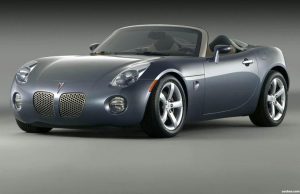
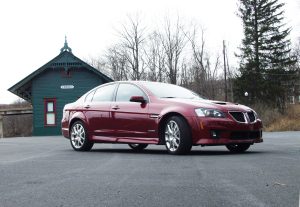

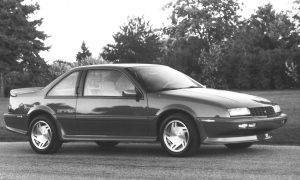
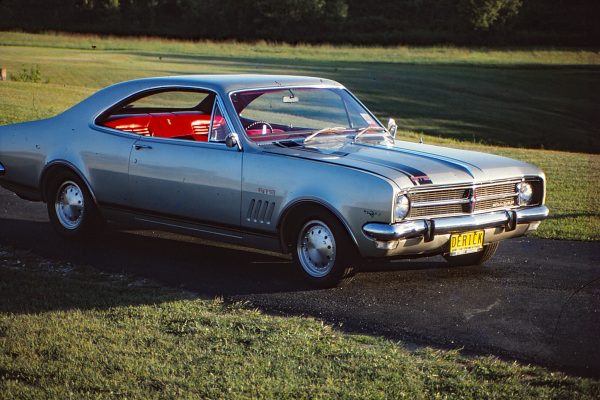
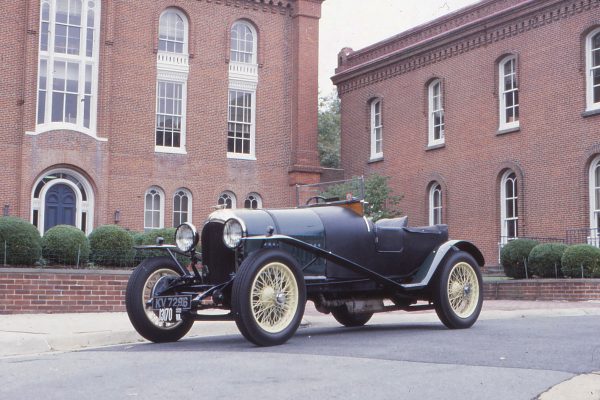
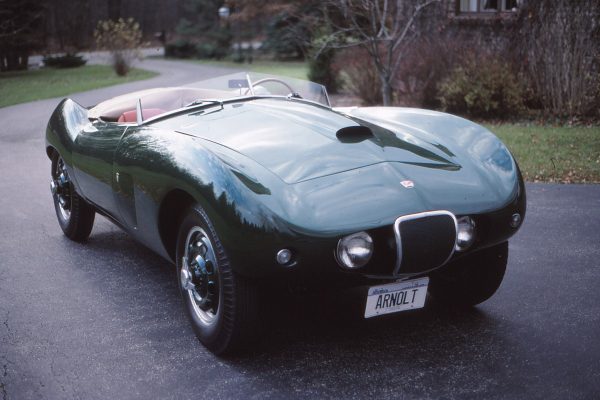
What Do You Think?
You must be logged in to post a comment.